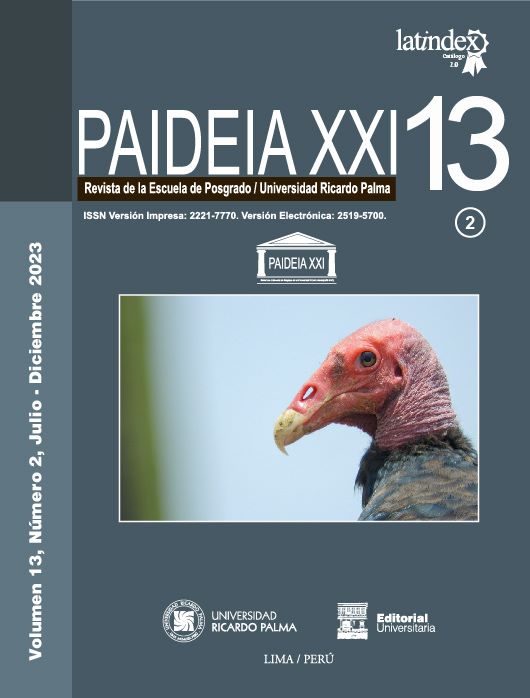Building the university public space of the 21st century
DOI:
https://doi.org/10.31381/paideiaxxi.v13i2.6019Keywords:
cultural activity, green areas, áreas, sustainable campus, university cityAbstract
The public space in the university campus is a relevant factor for a better functioning of this type of infrastructure, in benefit of the university community. However, the university public space often does not have comprehensive planning to develop all its potential. It must be understood that university public space, including its green areas, has spaces such as circulation, meeting and other places produced by the new needs of its new users, which are constantly being renewed. Therefore, this investigation aims to analyze the changes applied in the use of potential university public spaces within the framework of the 21st century. The study is of the basic type, with a qualitative approach, with a comparative methodological analysis. The actions taken at Harvard University, the University of Berkeley and the Faculty of Architecture and Urban Planning of the Ricardo Palma University will be studied; and how these impacted the work of the university public space. The results of the study offer different ways of intervention in the university public spaces, but with the same purpose: to enhance student life both academically and socially. The intervention strategies of the new century are focused on the user's comfort, their green perception of the landscape, the use of new potential spaces and the placement of furniture for different purposes. User perceptions and impacts could be studied in forward researches.












